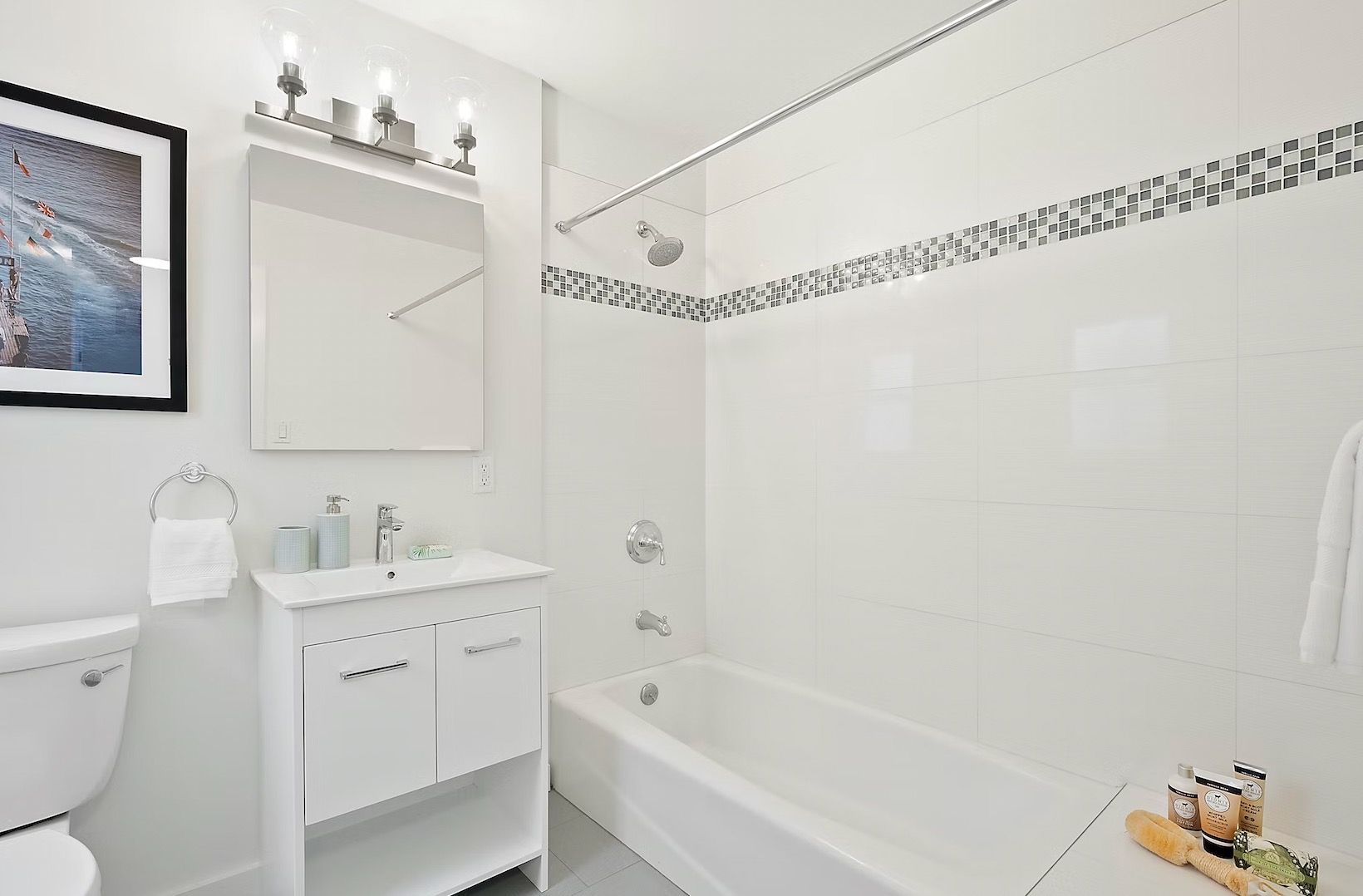
23 Mar Water Woes: How to Deal with Water Leaks and Water Damage in Your Bathroom
Water leaks and water damage can be a major problem in your bathroom, causing structural damage, mold growth, and other hazards. Dealing with water leaks and water damage in your bathroom can be overwhelming, but with the right steps, you can minimize the damage and prevent future issues. In this blog, we’ll explore some new and effective ways to deal with water leaks and water damage in your bathroom.
- Identify the Source of the Leak
The first step in dealing with water leaks and water damage in your bathroom is to identify the source of the leak. Look for signs of water damage, such as discoloration, bubbling paint, or musty odors. Check the pipes, faucets, and appliances in your bathroom for any signs of wear and tear or damage. Use a moisture meter to identify the extent of the damage.
- Turn off the Water Supply
Once you have identified the source of the leak, turn off the water supply to your bathroom. This will prevent further damage and give you time to address the issue.
- Dry the Area
After turning off the water supply, it’s important to dry the affected area as quickly as possible. Use towels or a wet/dry vacuum to remove any standing water. Open windows and turn on fans to increase air circulation and help dry the area. You can also use a dehumidifier to remove excess moisture from the air.
- Remove Damaged Materials
If your bathroom has sustained water damage, you may need to remove damaged materials such as drywall, insulation, or flooring. This will help prevent mold growth and further damage. Be sure to wear protective gear such as gloves and a mask when removing damaged materials.
- Repair or Replace Plumbing Fixtures
If the leak is coming from a plumbing fixture, you may need to repair or replace it. Hire a professional plumber to address the issue and ensure that it is resolved properly.
- Prevent Future Leaks
Preventing future leaks is essential to avoiding water damage in your bathroom. Regularly inspect your plumbing fixtures for signs of wear and tear or damage. Be sure to address any issues promptly. Consider installing a smart water leak detection device to monitor for leaks and alert you in case of a problem.
In Conclusion
Dealing with water leaks and water damage in your bathroom can be a challenging task, but by taking proactive steps, you can minimize the damage and prevent future issues. Identifying the source of the leak, turning off the water supply, drying the area, removing damaged materials, repairing or replacing plumbing fixtures, and preventing future leaks are all essential steps to dealing with water leaks and water damage in your bathroom. By taking these steps, you can ensure that your bathroom is safe and free from water damage.

